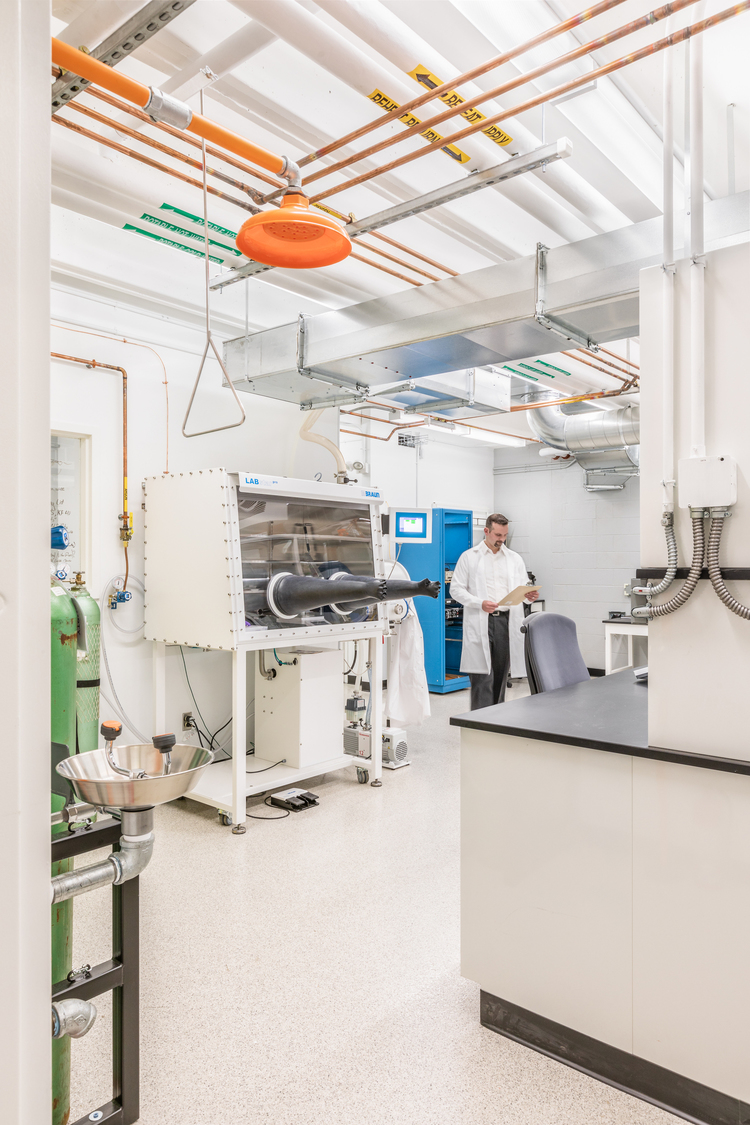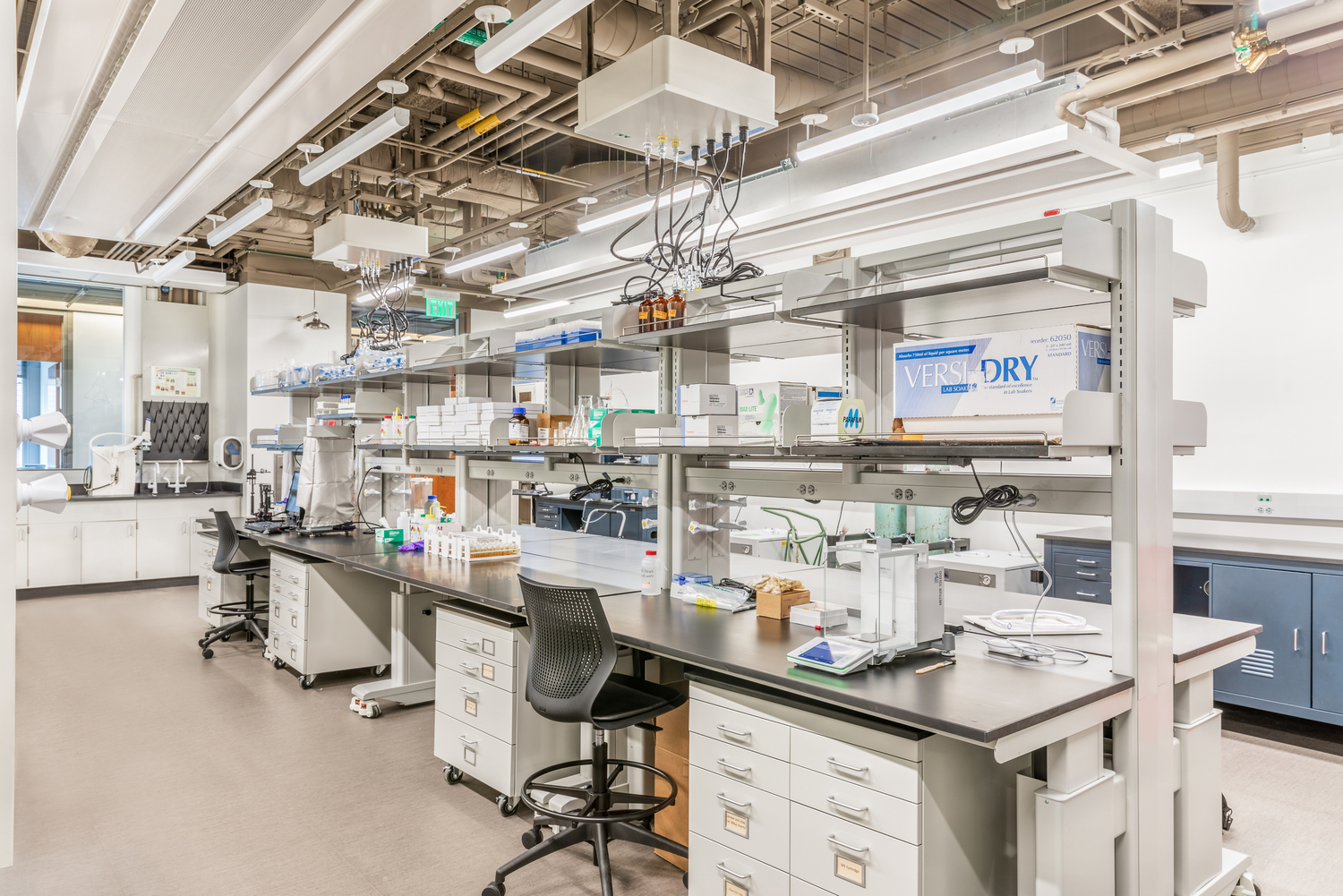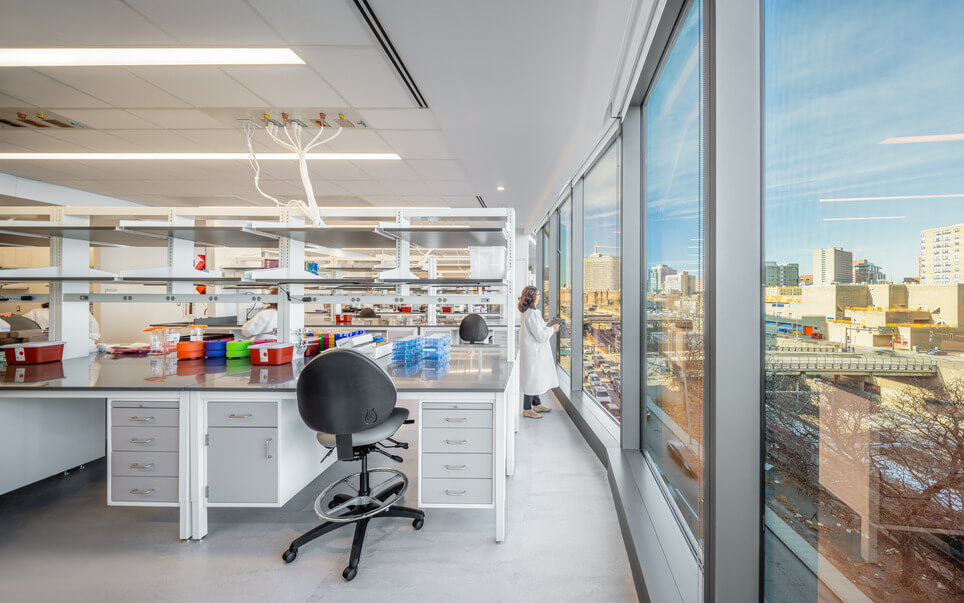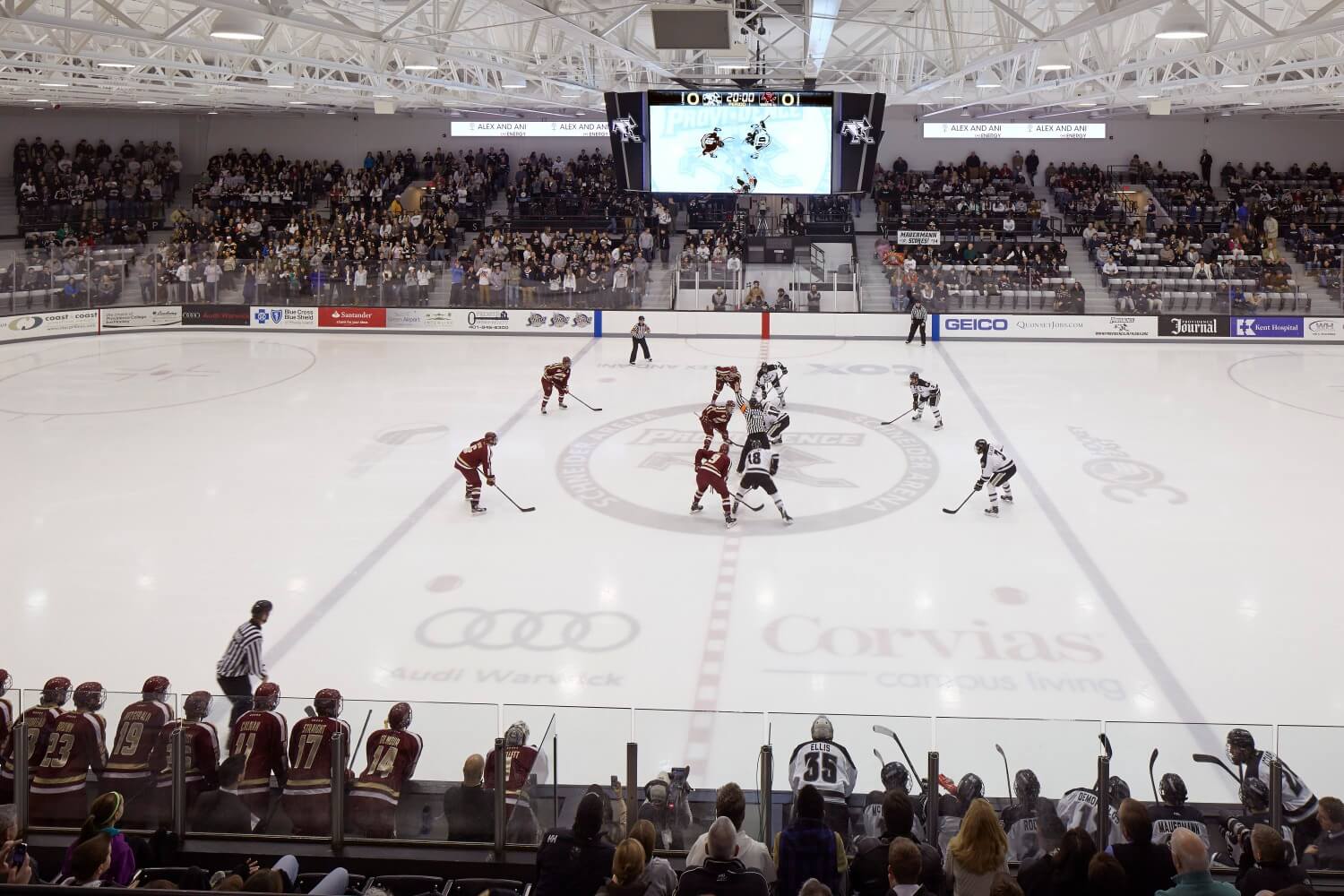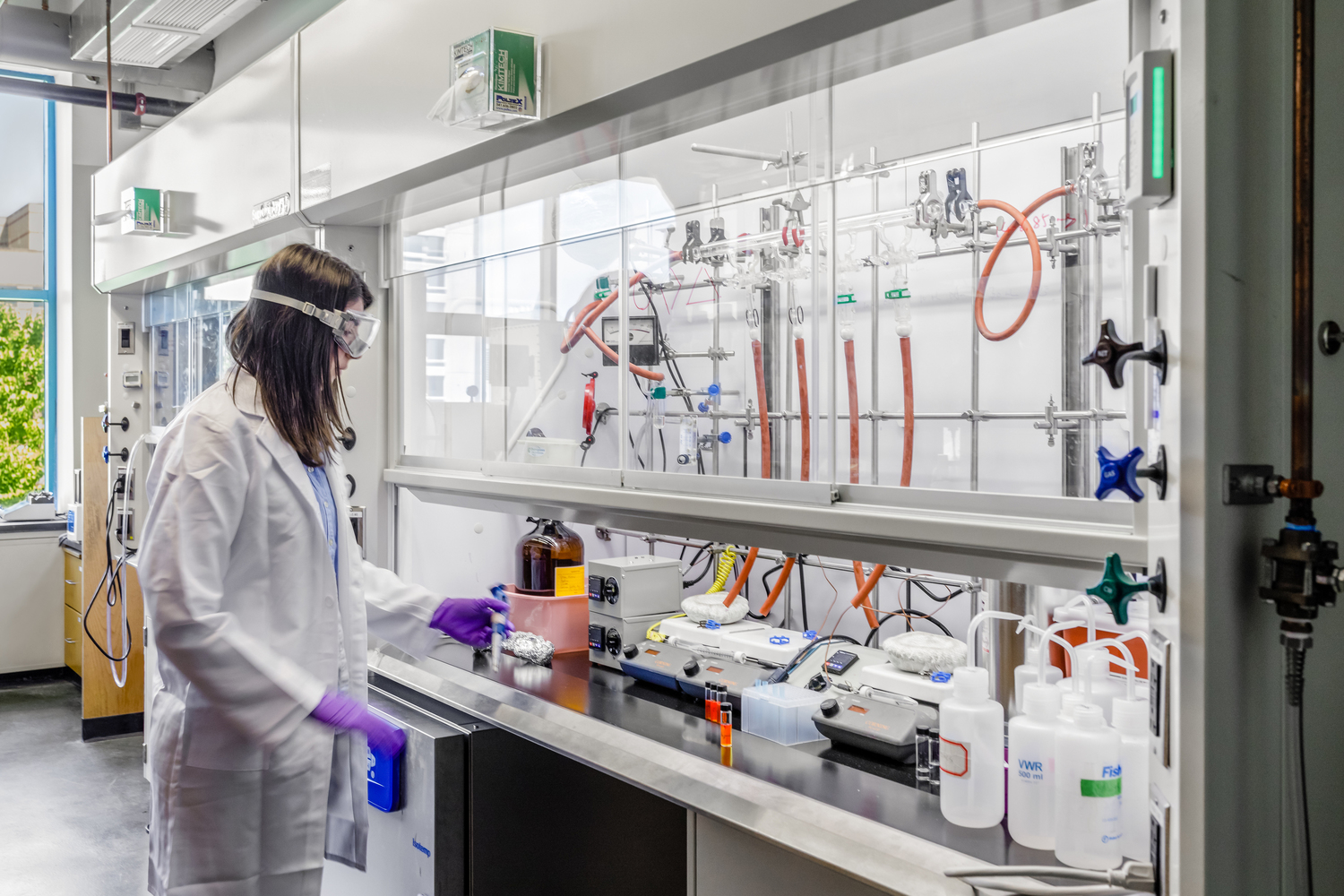
Built in 1982, Brown’s Geology and Chemistry Building is home to the Department of Earth, Environmental, and Planetary Sciences and the Department of Chemistry. Dubbed GeoChem, this project focuses on upgrading the building’s mechanical infrastructure, fire protection/life safety systems, exterior envelope, and accessibility.
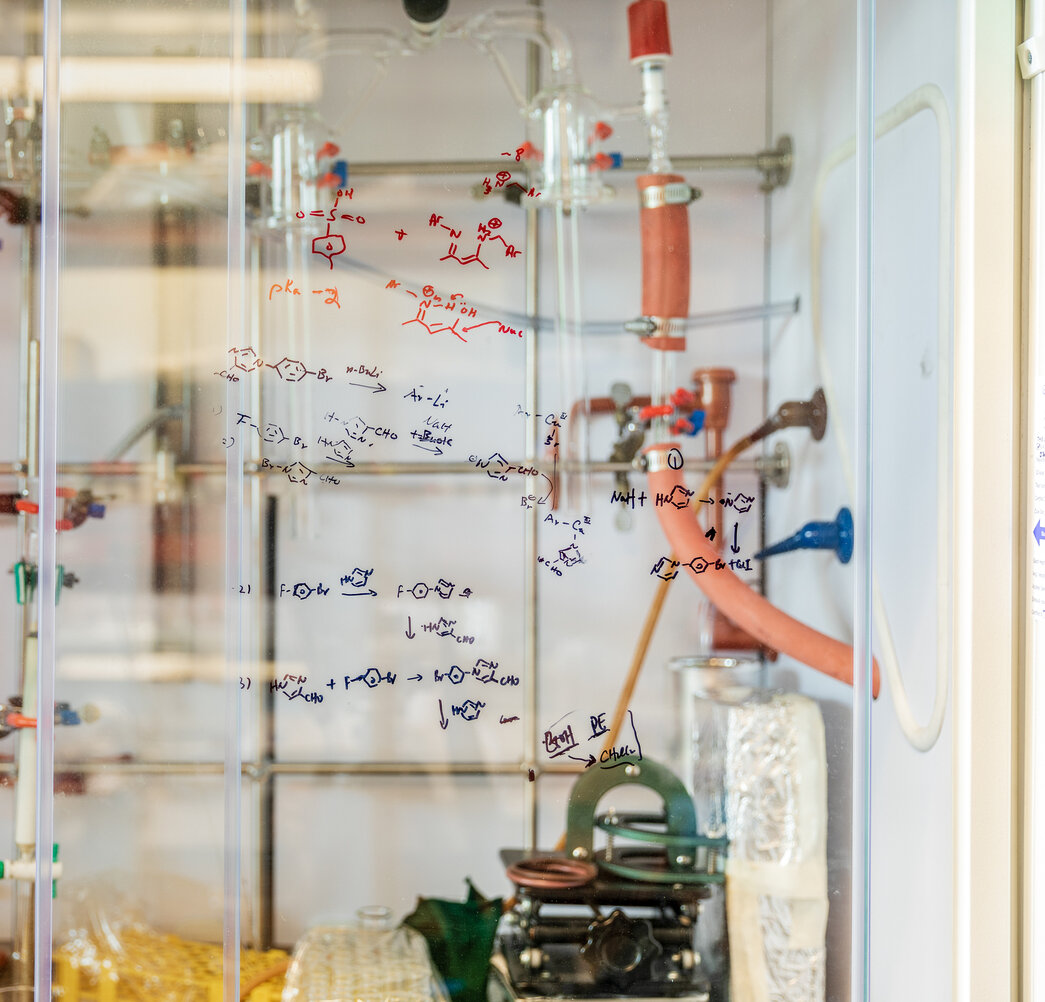
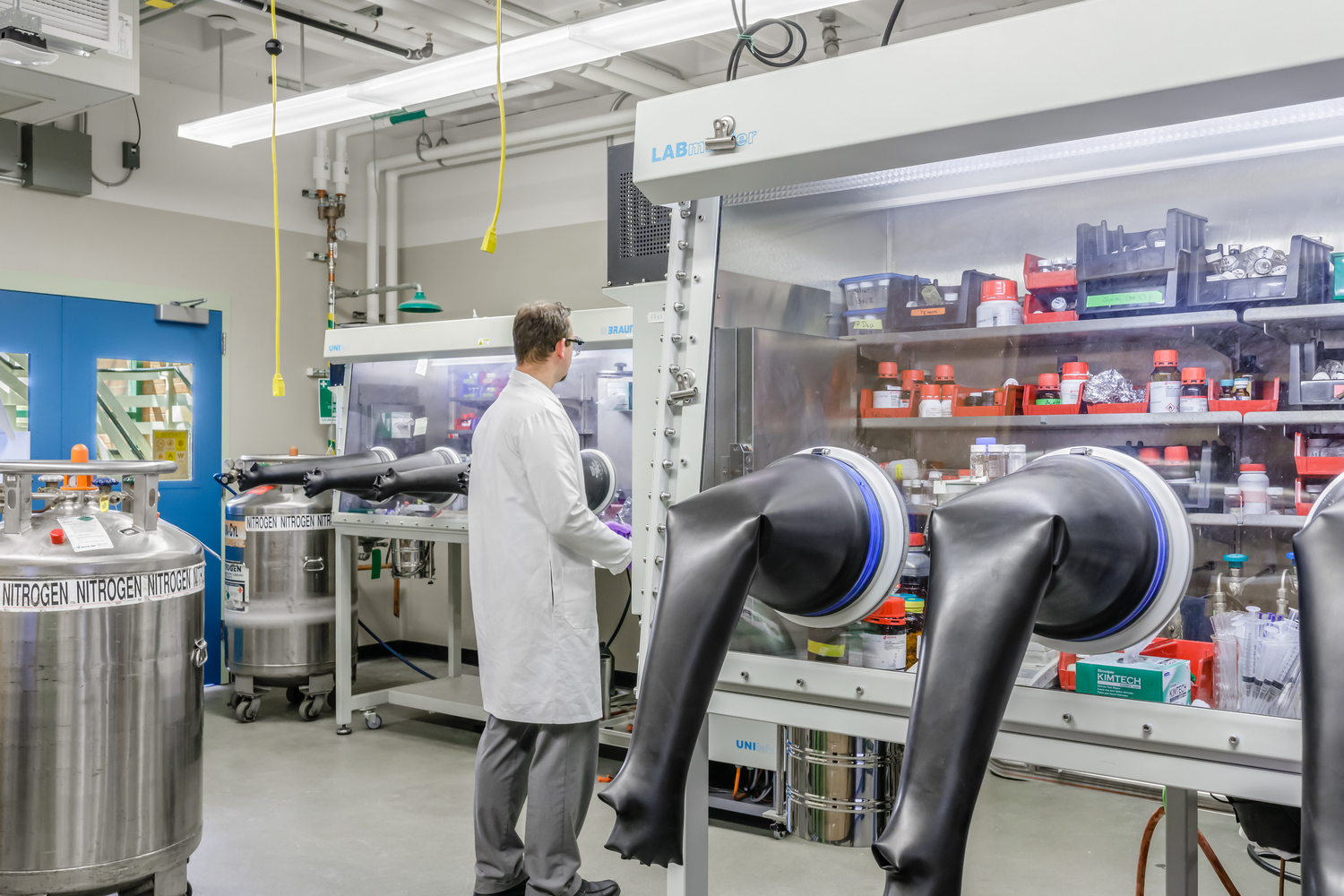
The project required renovations for nine geology labs and 18 chemistry labs.
The design modernizes and increases energy efficiency by replacing the existing air handling equipment and chillers, and upgrading all equipment to direct digital controls. GeoChem can now accommodate increased chemical quantities on upper floors to meet current and future research demands. The occupied renovation was completed in 18 months, included 10 separate phases, and was carried out as an Integrated Project Delivery contract.
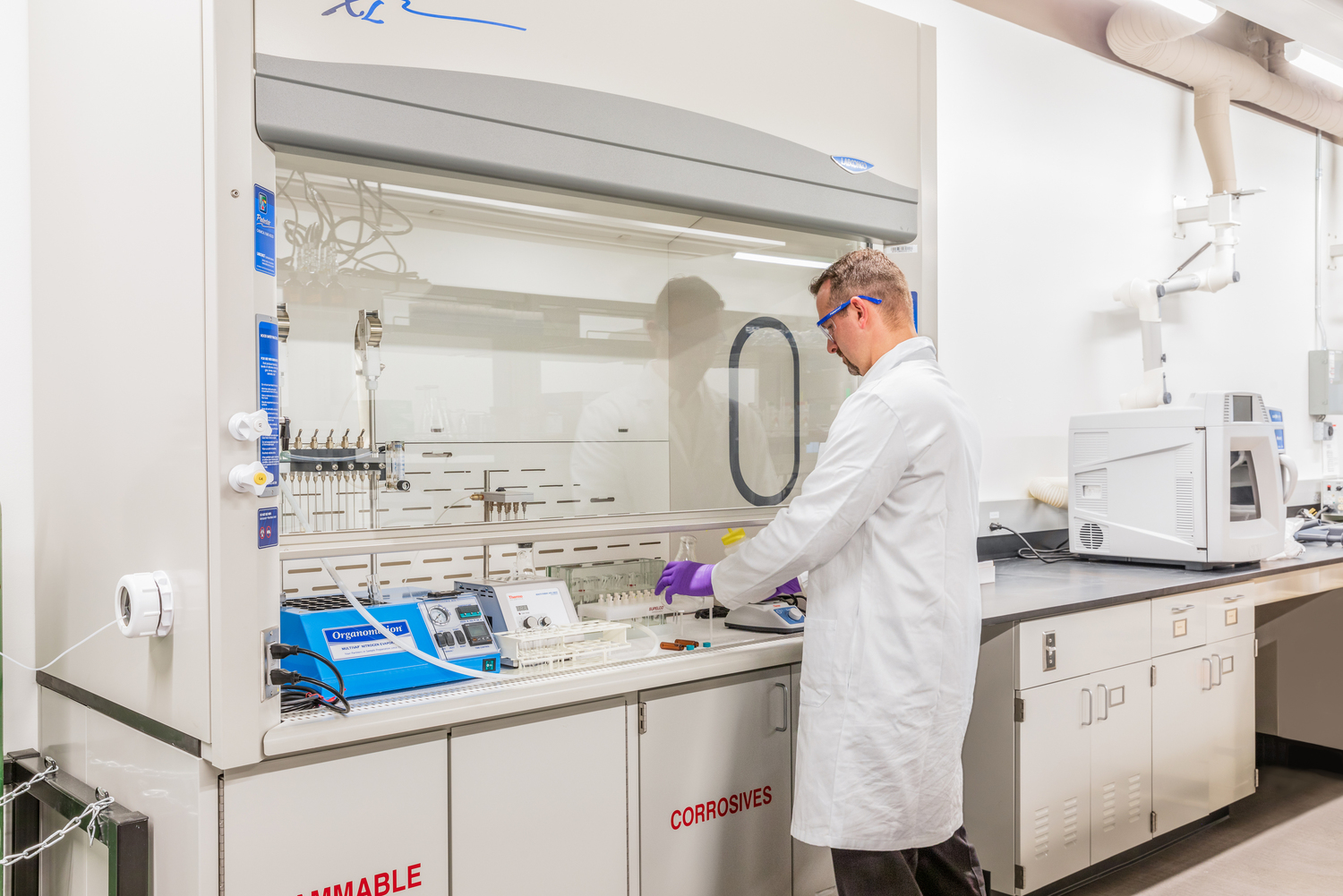
Engineering Research Center
Built in 2017 to accommodate the expansion of the School of Engineering, Brown’s Engineering Research Center (ERC) houses several high-tech research labs. Since completion, SMMA has been working with Brown to program and fit out these facilities. ERC includes a Mass Spectrometry Lab and a Laser Lab.
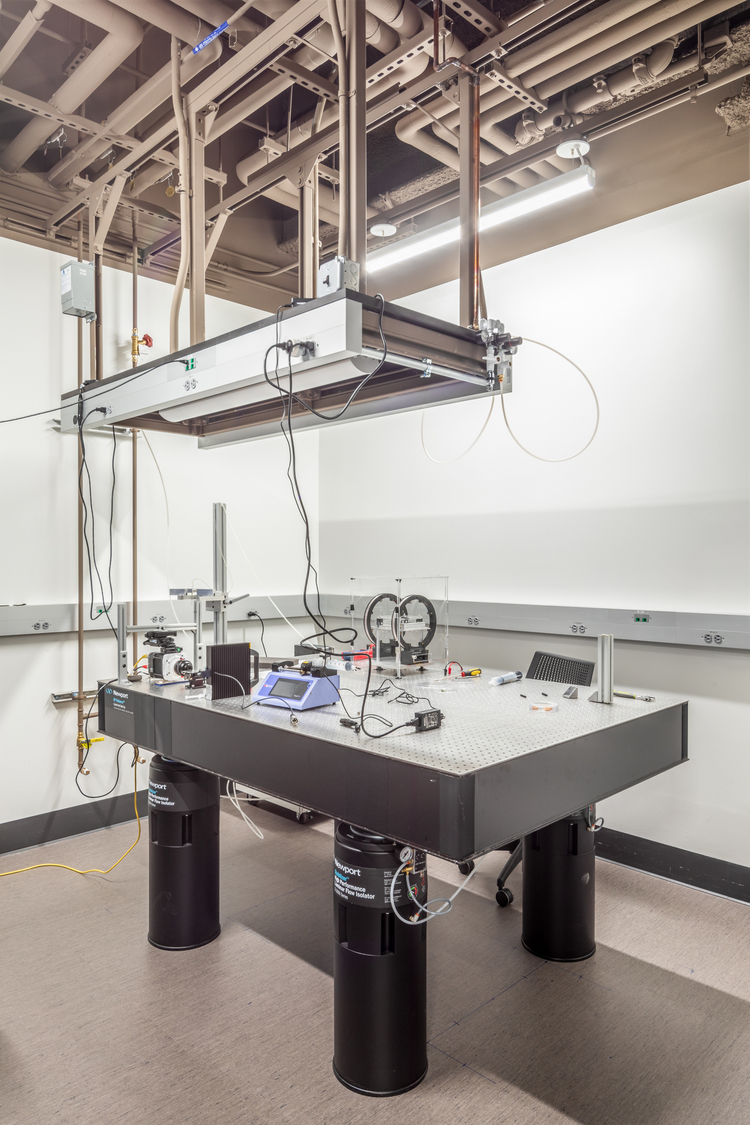
The labs boast flexible spaces that can accommodate changing research demands. Scientists benefit from easy access to utilities, moveable lab casework, and overhead “plug-and-play” utilities.
Windows were installed to provide views from the public corridor into the research labs. This gives faculty and students the visibility to engage in an active dialogue and collaborate.
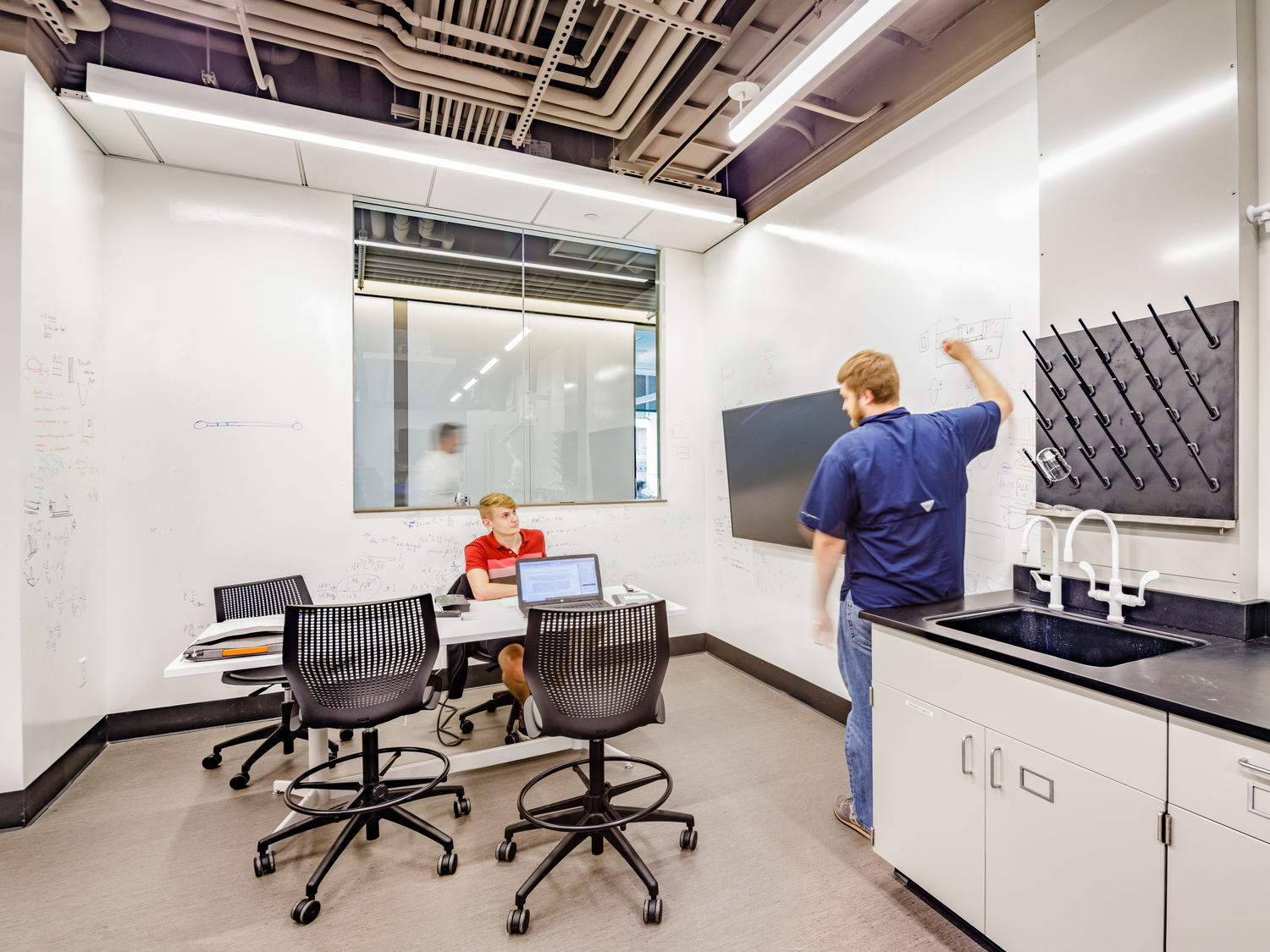
With evolving spaces comes evolving ideas.
ERC’s labs host a large spectrum of research, including fluid mechanics, interfacial phenomena, microfluidics, nonlinear systems, soil and groundwater remediation, engineering nanomaterial fate and transport, and environmental toxicology.
The project was programmed, designed, and constructed in six months. The fit-out followed LEED Gold energy savings protocols, boasting an energy performance goal 25% above minimum as established in the Rhode Island-adopted International Energy Conservation Code.
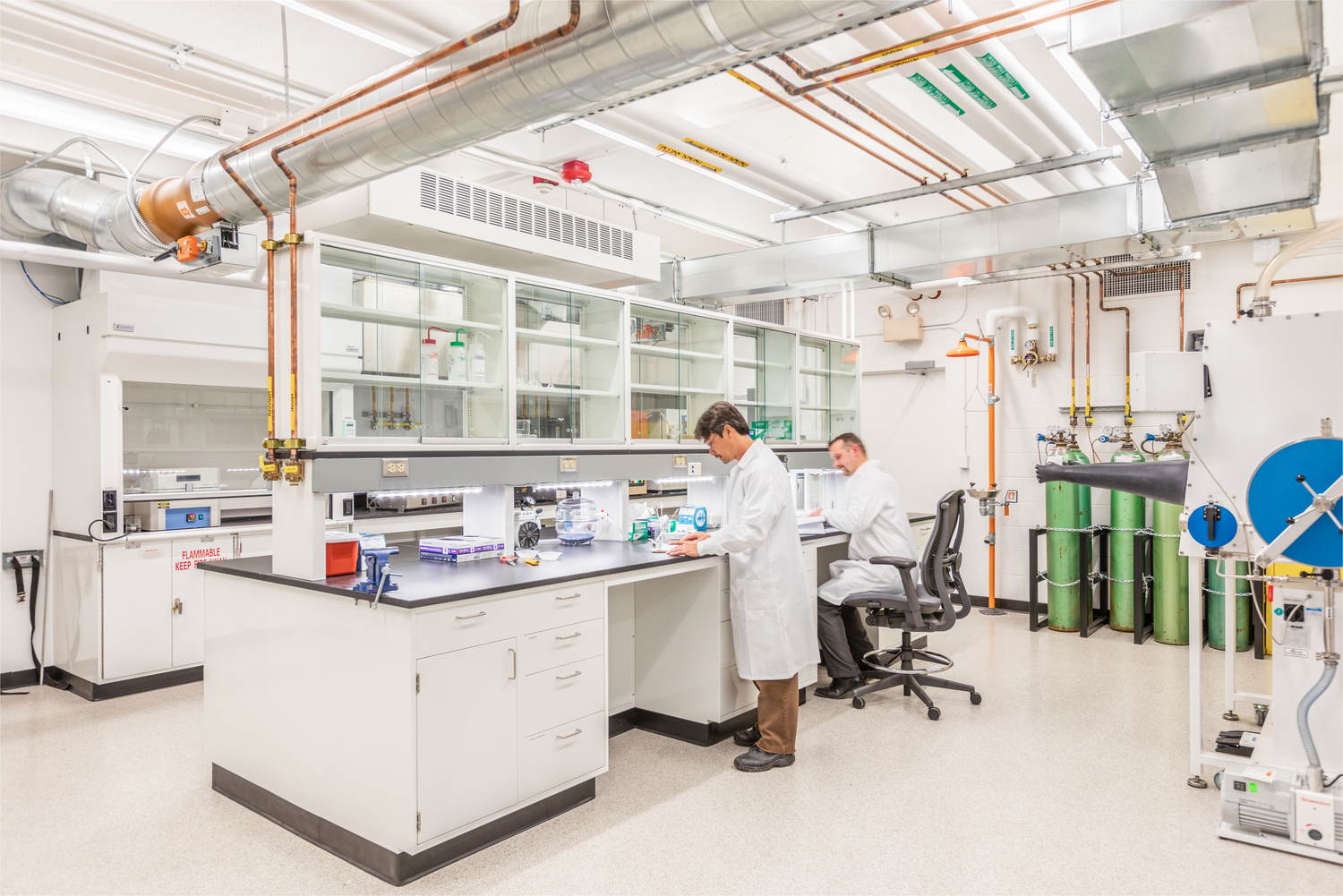
Barus and Holley Physics Building
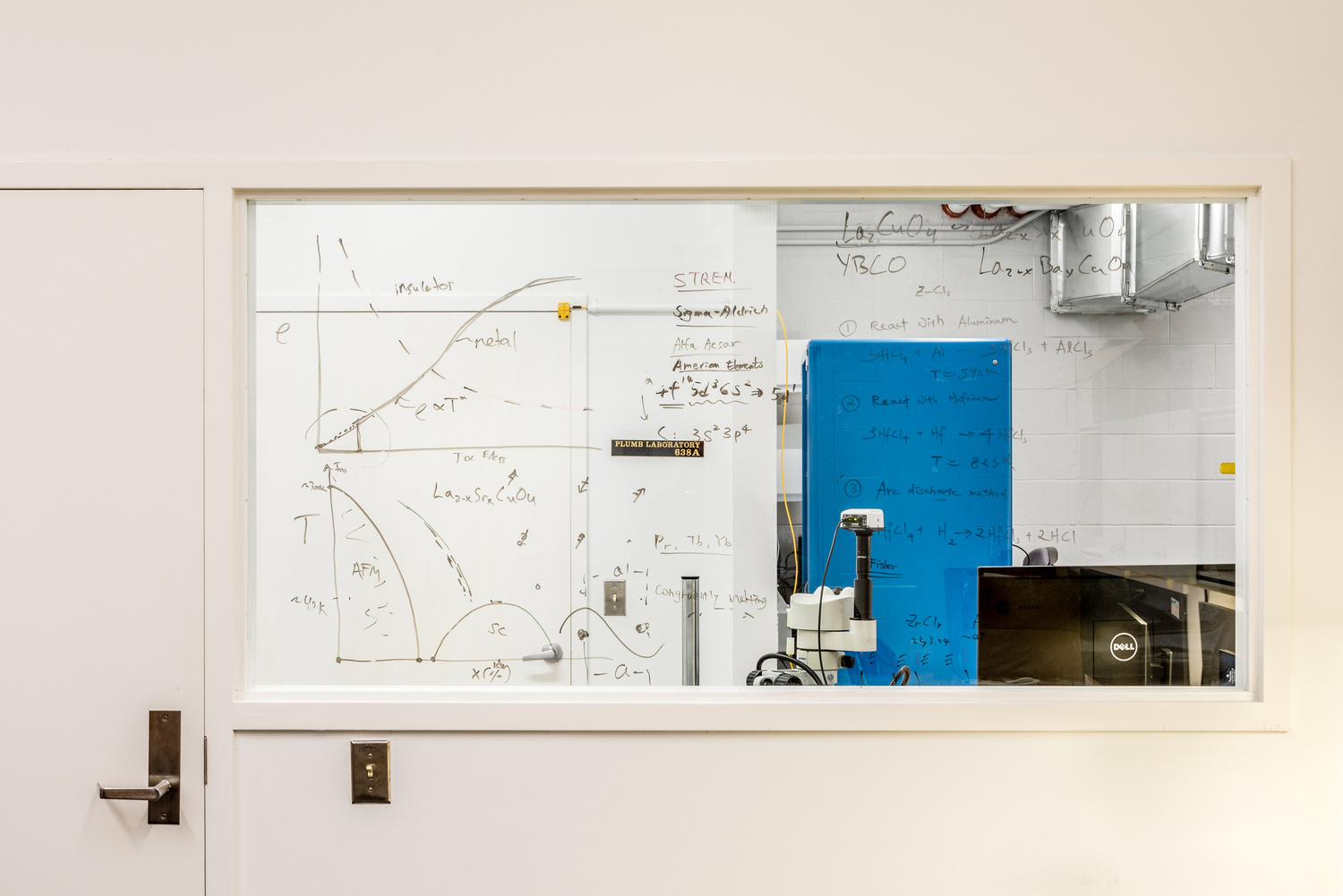
Built in 1965, this 220,000 square foot, seven-story building houses Brown University’s School of Engineering and the Physics Department.
Barus and Holley Physics Building
|Named for physicist and faculty member Carl Barus and engineer Alexander Lyman Holley, the building contains 117 laboratories, 150 offices, 15 classrooms, 29 laboratory classrooms, and three lecture halls.
In recent years, SMMA has been working with Brown on several lab renovations to address the critical needs of these two facilities and to extend the capability of both in support of their current use. The fit-outs allow for multiple and ever-changing kinds of lab research—its flexible design includes mobile casework and exposed process utilities.

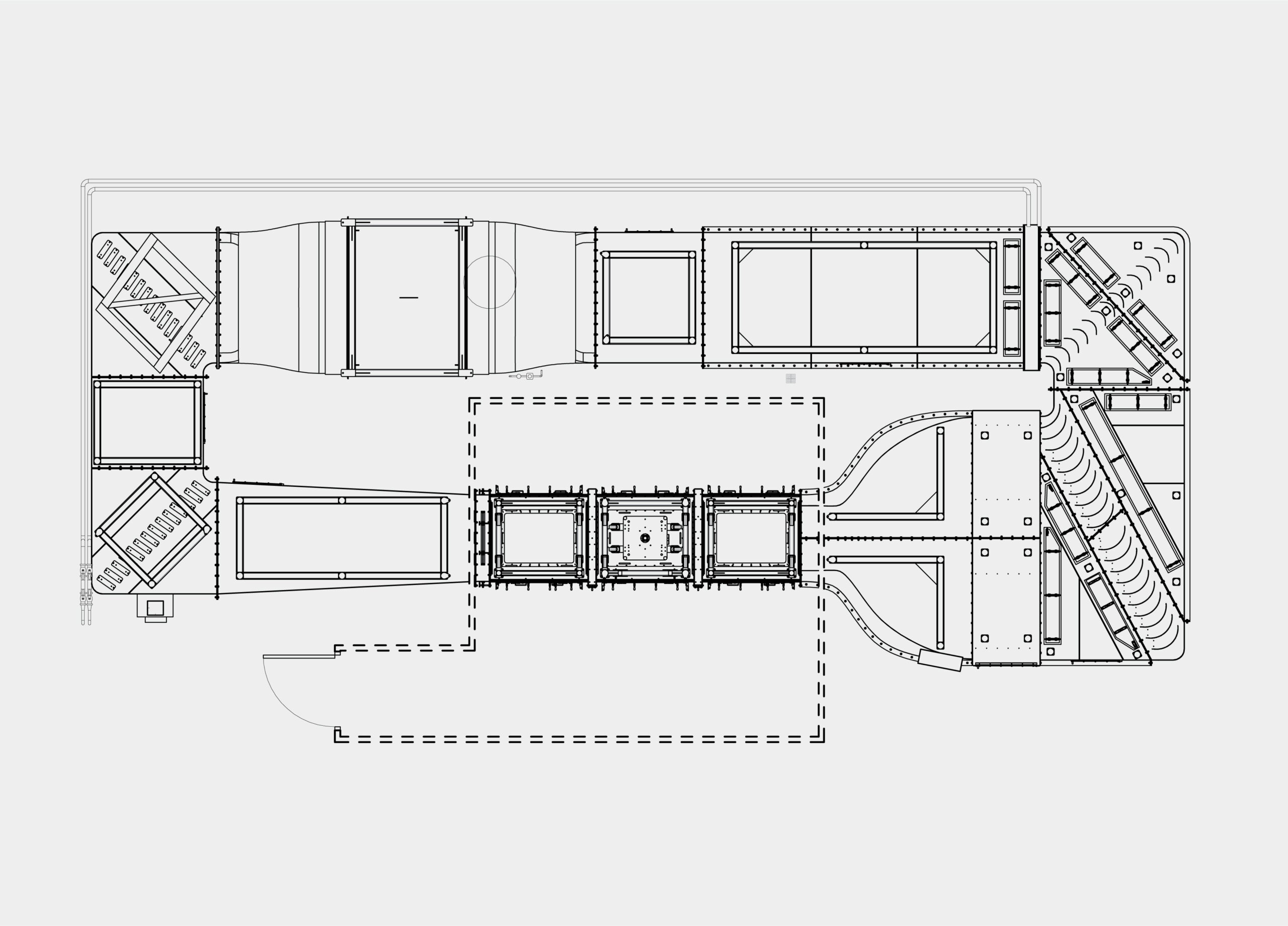
Prince Wind Tunnel
The Prince Wind Tunnel enables researchers to improve aerodynamics through animal flight observations and analysis. It is one of the most advanced of its kind in the country and one of the largest in the world for animal flight study.
SMMA worked alongside Brown and AeroLab to program the wind tunnel with advanced capabilities such as speed, pressure, temperature controls, and particle image velocimetry. The structure is the result of the relocation and enhancement of Brown’s existing wind tunnel.
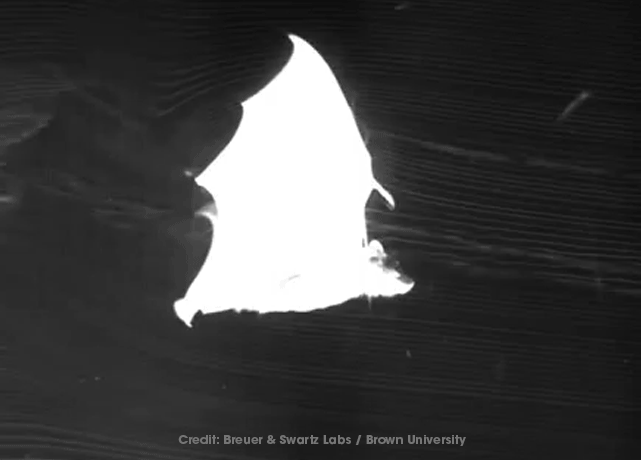
Brown University is a leader in animal motion, fluid-structure interactions for flight vehicles, energy harvesting, and bio-inspired flight robotics. By analyzing the flying and gliding maneuvers of bats, birds, and other animals, scientists can advance the aerodynamics of wing design for the jets and airplanes that travel through our stratosphere.
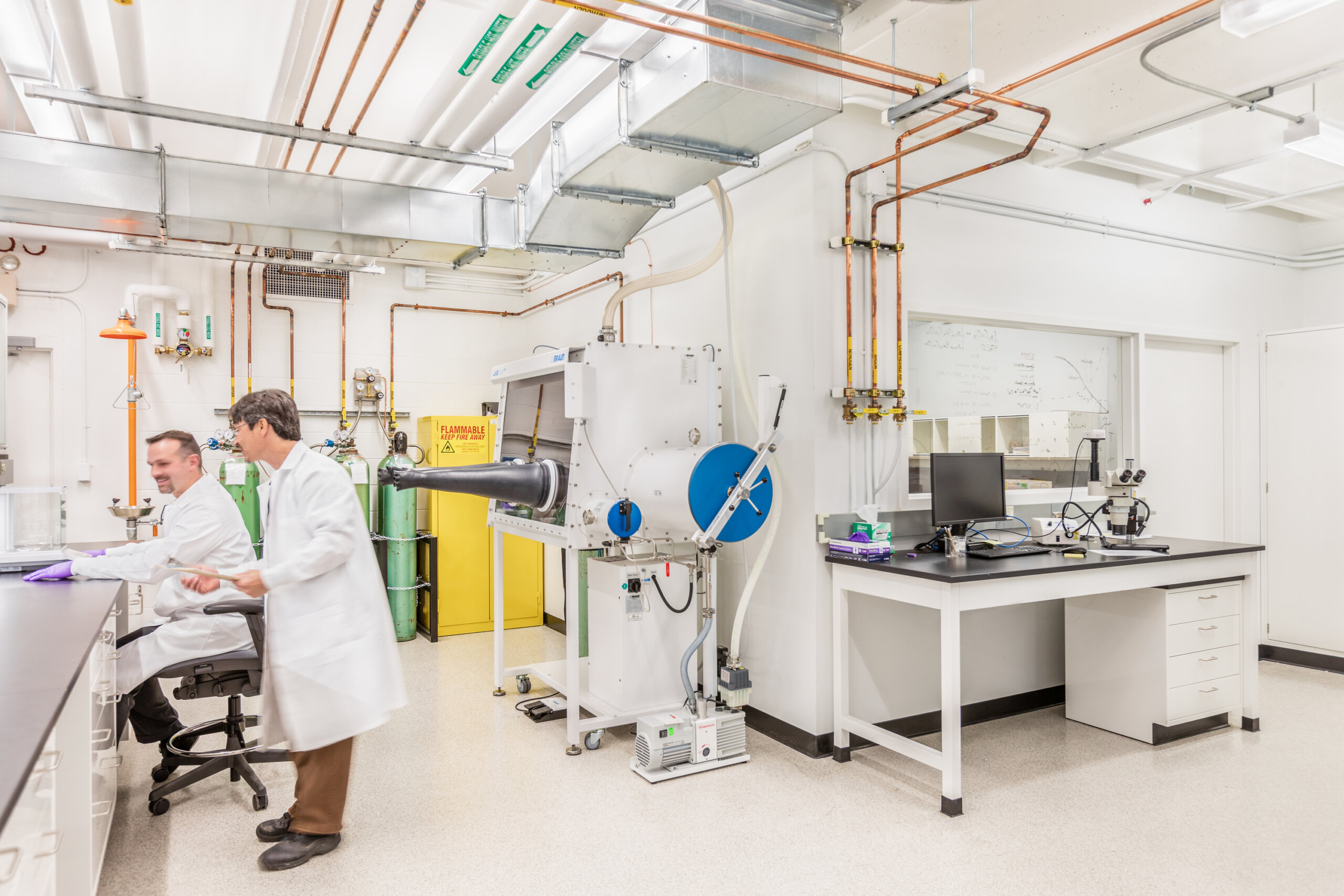
Plumb and Stein Labs
SMMA also helped transform Brown’s Plumb and Stein laboratories. The approach required more personalization and collaboration. Brown’s Professor Plumb worked directly alongside the design team to identify proper equipment utilization and address other challenges during the process.
